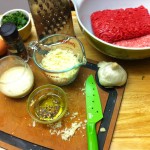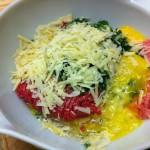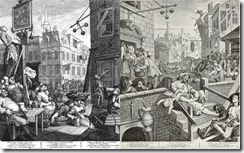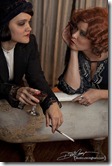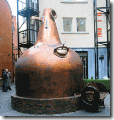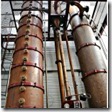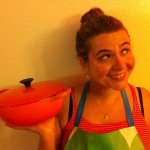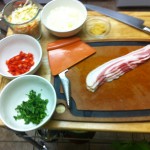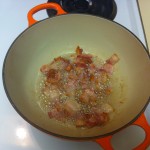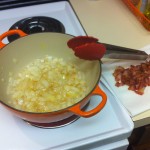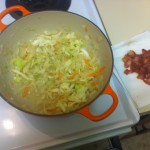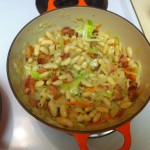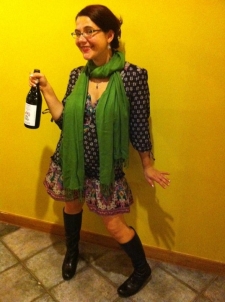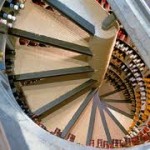
1. Less Is More:
There are many schools of thought as to the proper system of cellar management. After working in many cellars with many different teams of people, they only constant I have found is that there are no finite rules. The best thing to do is to figure out what your organizational style is and go from there. Also, keep your system simple. If you are anything like me you constantly wish that you could jam another day in your day, but alas that is not possible! So set yourself up for success and make a system that hits all the basics and still fits into your already busy schedule. Remember “perfect” is much better in theory than in practice.
2. Lighting, Temperature, & Positions are Everything:
- Lighting- Wines should be away from bright hot lights! This goes beyond just sunlight. If you have a show cellar, you may be tempted to point some dazzling spot lights on your prized possessions, or if you are short on space you may want to put your cellar close to the kitchen and its heat lamps, but these are not good ideas. You want soft lighting at all times, with the least amount of heat emission possible. Anyway, it makes your cellar more romantic. (That being said do not make it so dark that you cannot read labels… that slows productivity & can cause staff to pull and sell incorrect wines)
- Temperature- Of course there is a perfect temperature for every bottle, and for the right price you can purchase a cellar that has special temperature controlled compartments for all of your exacting needs. But if you have a budget that is slightly less than out of this world, I recommend storing all of your wine–white, red and sparkling–at 50-59 degrees. (This is also a much more bearable temperature to work in then 35). It is also a great temperature range to taste both whites and reds, however keep ice baths on hand for serving sparkling…. and white for some of your customers who will not buy the “whites should not be beer cold” spiel.
- Humidity- Swamps are good for very few things… and wine is not among them. Humidity can affect the temperature of your wine, but most importantly it will damage your wine’s label, which affects its value and presentably. Would you buy a $600 Bordeaux with a wrinkly, stained, and peeling label?
- Position- It is true that not all wine needs to be laid down… but if you have space to then you may as well do it. (But make sure you can do it safely, so that the bottles do not fall and break, or hit someone in the head…. I have some war wounds.) If you do not have space to lay everything down then I recommend that you find room to lay down your age-worthy wines, and sparkling wines, as they benefit from it the most.
3. Follow Your Life Lines:
It is important to know the life span of each of your wines, this way you can strategize how to move your wines before they die. It benefits no one to store dead wine, and more over it does your program damage to serve it.
4. Be Flexible With Your Storage: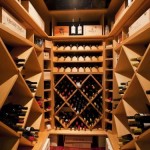
I know how tempting it is to design a cellar with a perfectly fitting sleek little spot for each bottle, however if there is one constant I have noticed in wine is that there are NO Constants. A wine program is a living, growing, changing entity. So your storage area should be equally flexible. You should be able to add and subtract wines with little effort, and without having to totally overhaul your tracking and organizational system with every new order.
5. Make A ½ Day Every Week “Cellar Time”:
Let me start by saying that if you cannot stand detailed, repetitive tasks, then you should not be in charge of keeping your cellar in order, so find someone on your staff whose temperament and integrity fits the task. If you are up to the challenge, I recommend making a half-day of every week “Cellar Time”. I recommend doing this on the day of your deliveries, or the day after. I also recommend that this not be a busy business day for you. That way you can be focused on the task at hand. This is the most effective way of tracking your wines, putting them in their place, creating strategic sales tactics, and keeping an up-to-date log of purchases, loss, breakage, and theft.
 6. INVENTORY!!!!!!!-
6. INVENTORY!!!!!!!-
This is the most tedious and also the most essential thing you can do for your cellar. It is the best way to know exactly what you have, find wines that have wandered to the wrong place, and also ones that have wandered away. I always recommend doing this with a team of two people, so that one person can find the wines, and one person can record them. This also creates a built in checks and balance system so that no one has an opportunity to fudge the numbers. I recommend doing this quarterly. (Spot checking is not sufficient!)
7. Don’t Have Too Many Hands in the Cookie Jar:
Obviously everyone that sells wine will have to be able to navigate the cellar. However, I find it wise for there to be just one or two people in charge of entering wines into your system. There is less room for error, or unexplained mysteries this way.
8. Make Your Key Easy To Read & Update:
It is important to have a key that tracks your cellar, and that is organized in the same fashion as the list that your guests see. This make navigating it easy for everyone. Here are some basic things that you should consider including in each wine entry on your key:
- Bin number
- Location/Locations Stored
- Full Title of the Wine
- Vintage
- List price
- Your cost
- Distributor
- Date Purchased
- Importer (if applicable)
- Life Line
- Notes- i.e.: fun facts, aging notes, discounts, replacements.
9. There are NO Good Vibrations:
Keep your cellar away from vibrations! This means anything from a jackhammer, to bass from your hip Friday night DJ. It can disturb sediment, improperly age wine, and in extreme cases knock wines out of storage and break them.
10. Do Not Buy More Then You Can Hold:
I know that closeout sales seem all too good, but as one who has worked on every end of the sales chain of this industry… they come around all the time. It does you no good to buy more then you can store. If wine cannot be stored properly it kills your investment. Also if you over-buy, you could be blowing your budget.
I hope these tips help!
Please feel free to post any thoughts or success stories.
As always if I am in your area I am available for all your cellaring needs.
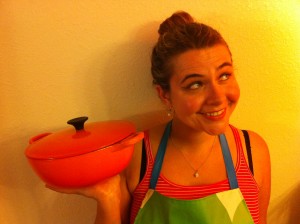 About: Meatballs are found in almost every culture, and can be dated back to 700 BC. They are, in essence, portable baby meatloafs. The purpose is to cut meat with other protein, starches, and veggies, to boost their nutrient value while stretching the meat. I have been a huge lover of meatballs forever — however, when my husband discovered his gluten allergy, I had to figure out how to adjust my recipe to accommodate. This is my low carb, gluten-free version of a Southern Italian meatball.
About: Meatballs are found in almost every culture, and can be dated back to 700 BC. They are, in essence, portable baby meatloafs. The purpose is to cut meat with other protein, starches, and veggies, to boost their nutrient value while stretching the meat. I have been a huge lover of meatballs forever — however, when my husband discovered his gluten allergy, I had to figure out how to adjust my recipe to accommodate. This is my low carb, gluten-free version of a Southern Italian meatball.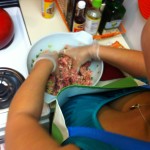
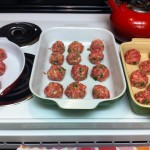
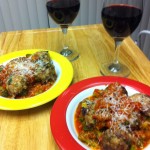 I hope this dish hits the Spot!
I hope this dish hits the Spot!
